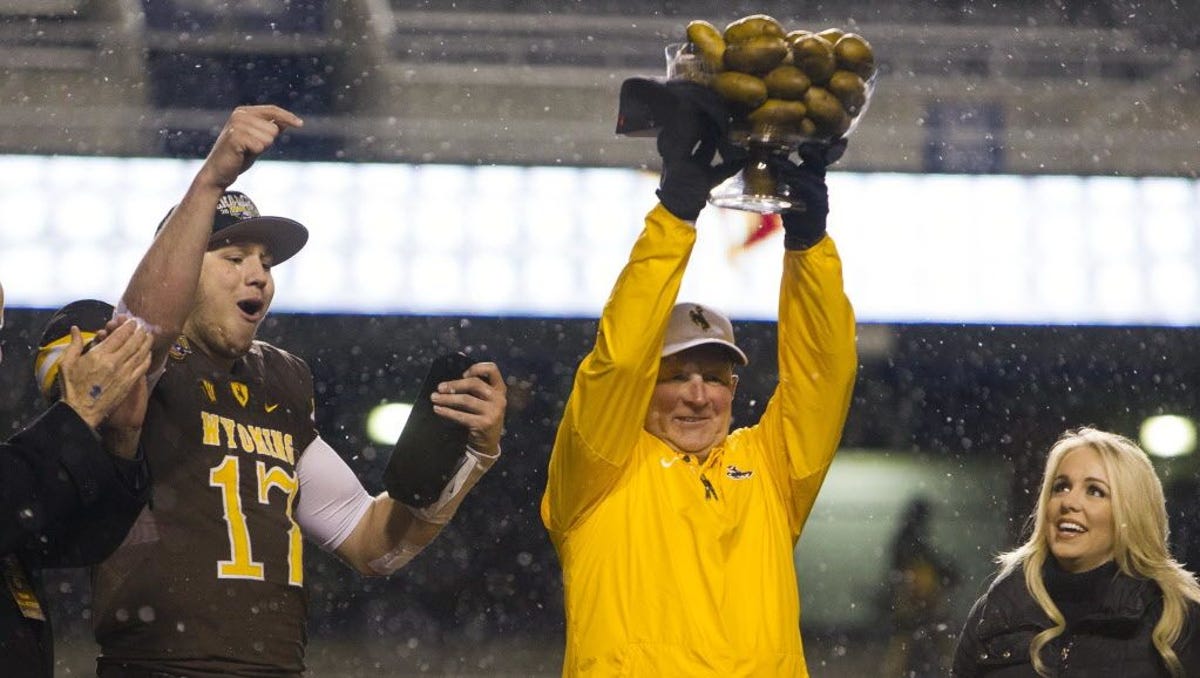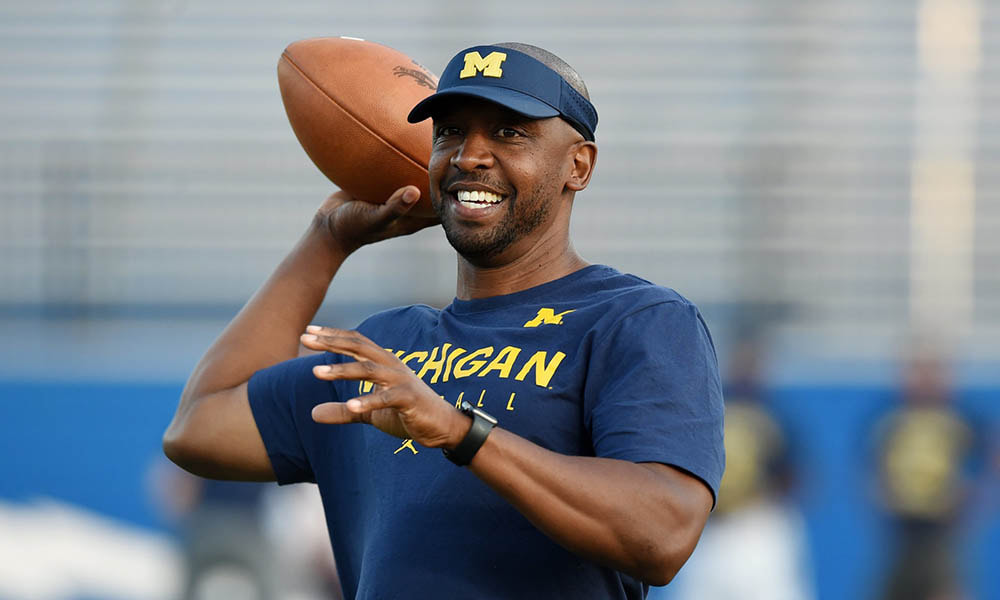No longer do bowl games pay homage to commodities prominent in the hosting city. Many are designated with abstract ideas, product names or whatever a “Gasparilla” is. Even classic bowls with heritages dating back over a century have taken on corporate sponsors. The Orange Bowl is now known as the Capital One Orange Bowl, while even the famous Rose Bowl is officially branded the Rose Bowl Game presented by Northwestern Mutual. Some names have become so outrageous that they require no such explanation: The Makers Wanted Bahamas Bowl; the FBC Mortgage Cure Bowl; the Tropical Smoothie Cafe Frisco Bowl; and the granddaddy of them all, the Bad Boy Mowers Gasparilla Bowl.
However, something you may not have considered is who pays to put on these bowls. And who gets to keep any profits that the games generate? It is not the company that pays for the title sponsorship of each game, nor are they operated by the NCAA or any athletic conferences. Many of the older bowls are managed by non-profit entities that are entirely focused on managing the logistics of its respective game. These non-profits were established by local civic organizations, for the purpose of promoting tourism. However, of the 40 FBS bowls, 17 are owned by for-profit companies. The National Championship Game is owned by the College Football Playoff Administration LLC, an entity held by the 10 FBS athletic conferences and Notre Dame. Three bowls (the Pinstripe Bowl, the Quick Lane Bowl, and the Redbox Bowl) are owned and managed by the professional sports team that plays in that stadium (the New York Yankees, Detroit Lions, and San Francisco 49ers, respectively). The remaining 13 for-profit bowls are owned and operated by an obscure subsidiary of ESPN, called ESPN Events.


 RSS Feed
RSS Feed
